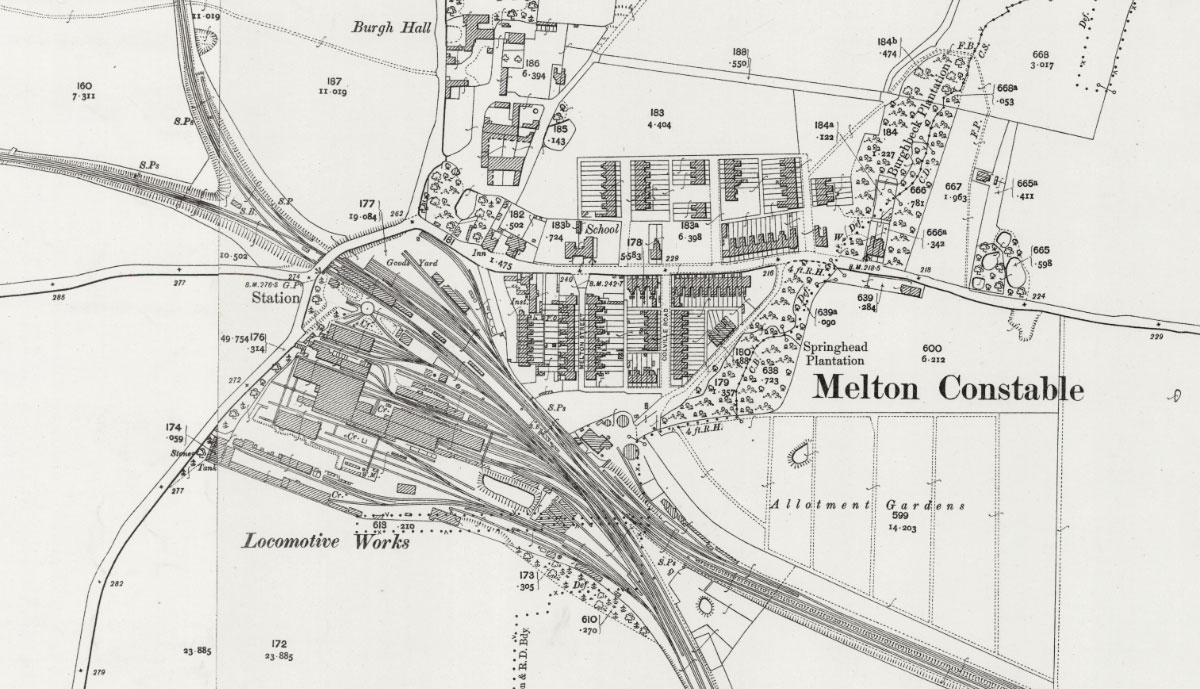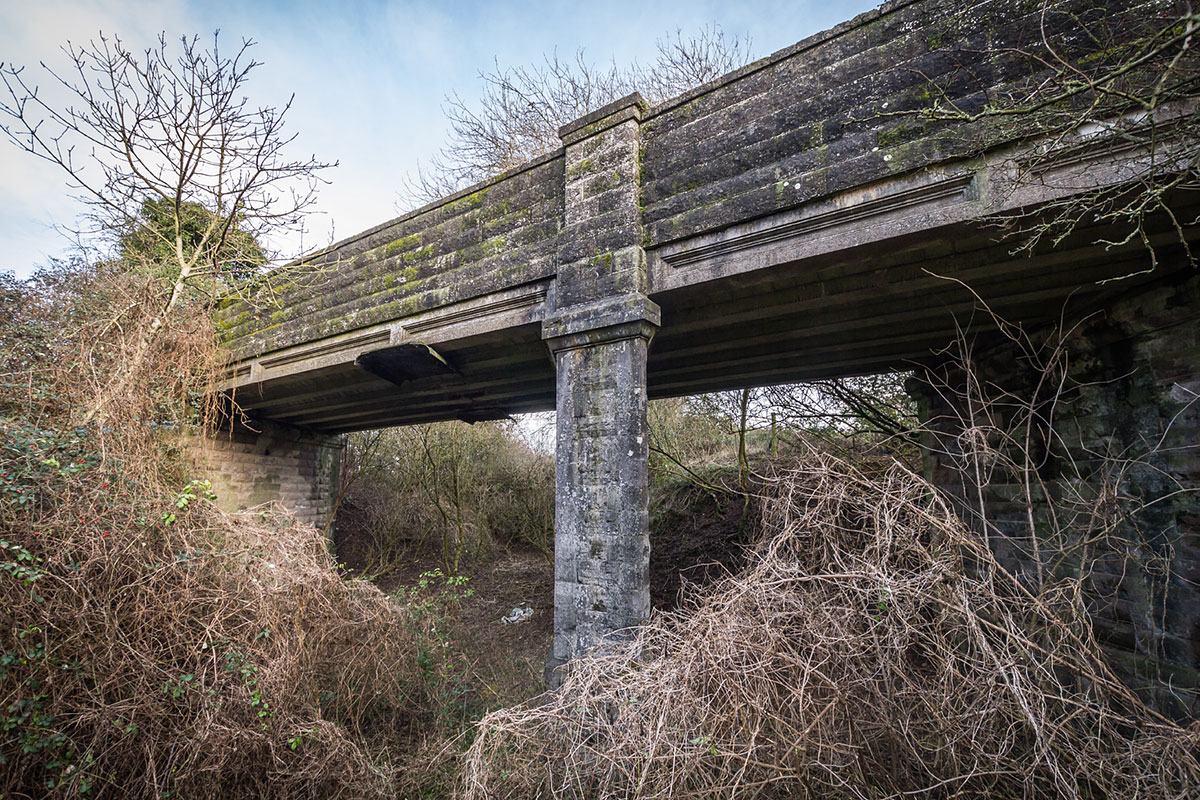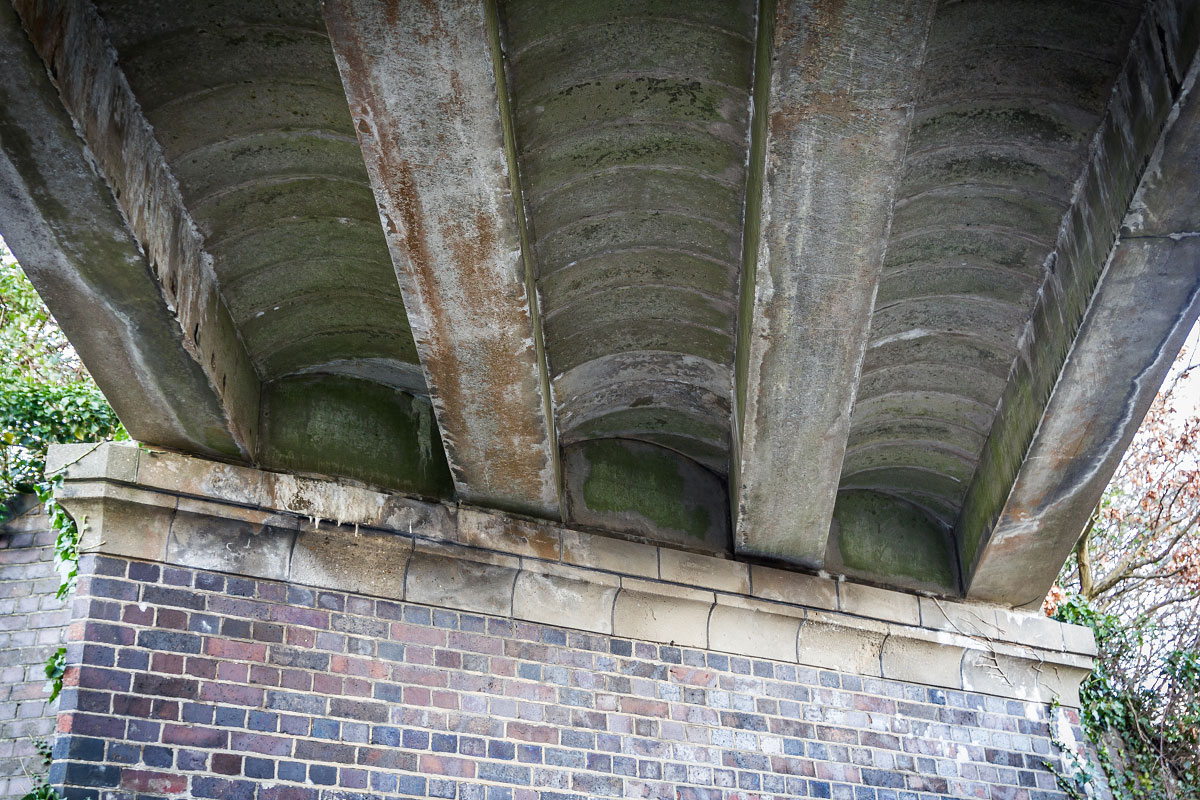the truth emerges

The case was clear.
“Decisions we made at this site were driven first and foremost by safety.”
“Our detailed examination found the bridge to be in a very poor condition and it was this, along with capacity concerns, which were the main reasons for our work proposal.”
“Further to this, the bridge works were required as emergency works, to safeguard the bridge…”
Hardly surprising then that National Highways (NH), custodians of our Historical Railways Estate (HRE), chose to infill the 1920s concrete structure carrying St Andrew’s Lane over the former Midland & Great Northern Joint Railway (M&GNJR) at Congham, Norfolk. Public safety was on the line and there’s no room for compromise when it comes to such matters.
Except 3,000+ pages of statements and evidence - submitted to inform the Planning Inspectorate’s recent public inquiry into the scheme - demonstrate that all three of these quotes were a misrepresentation of reality. There were no meaningful safety concerns. Quite simply, infilling was progressed because it was perceived to be the cheapest long-term solution to the challenges presented by the bridge, although National Highways never sought costings for any alternative options to demonstrate the validity of this belief.
History lesson
Built by contractors Wilkinson & Jarvis, the Lynn & Fakenham Railway plotted an easterly course from Gaywood Junction, north-east of King’s Lynn, to reach Massingham in 1879 and Fakenham Town a year later. Norwich City Station, the line’s terminus, opened in 1882. North of Grimston Road Station, the single track passed under St Andrew’s Lane via a bridge comprising two timber spans.
.jpg)
PHOTO: MARRIOTT COLLECTION
Along with the Yarmouth & North Norfolk and Yarmouth Union railways, the company amalgamated with the Eastern & Midland in 1883, with the resulting network - connecting Peterborough and south Lincolnshire with the east coast - being consumed into the M&GNJR in 1893.
After completing a six-week trial, 24-year-old draughtsman William Marriott accepted a post as an assistant engineer with Wilkinson & Jarvis in 1881. Two years on, his obvious talents were acknowledged through Marriott’s appointment as civil engineer for the Eastern & Midland, combining the role with that of locomotive superintendent from 1884. He continued in these positions after the M&GNJR takeover, adding traffic manager to his portfolio in 1919. He earned his retirement on New Year’s Eve 1924.
Marriott pioneered the development of reinforced concrete products and the casting of concrete blockwork, all manufactured in the formerly quiet village of Melton Constable - where four lines converged - which had expanded rapidly to host a major railway works encompassing more than 14 acres.

REPRODUCED WITH THE PERMISSION OF THE NATIONAL LIBRARY OF SCOTLAND (CC-BY 4.0)
In 1916, Marriott designed a bridge building system involving spans of concrete-encased girders and precast jack arches. It was applied in the replacement of five structures on the M&GNJR, including the one at Congham. Whilst the others all boasted substructures in rusticated coursed concrete blockwork, St Andrew’s Lane bridge - with its seven Marriott girders - mostly comprised concrete brick, with smooth-faced blockwork used only for the quoins, string course and copings. There was an elegant symmetry about it, with sweeping curved wing walls adding to an imposing appearance.
.jpg)
PHOTO: M&GN TRUST
Only two of the rebuilds had survived by 2021 - Congham and Green Lane bridge, East Rudham - whilst a third structure at Knapton still stood having been partially reconstructed with four Marriott girders and jack arches, assembled on the abutments of a pre-existing 1898 bridge.
 |
 |
PHOTOS: THE HRE GROUP
 |
 |
About Us
The HRE Group is an alliance of walking, cycling and heritage campaigners, engineers and greenway developers who regard the Historical Railways Estate’s structures to be strategically valuable in the context of building a better future.
Last updated 21 October 2025
© 2025 The HRE Group


